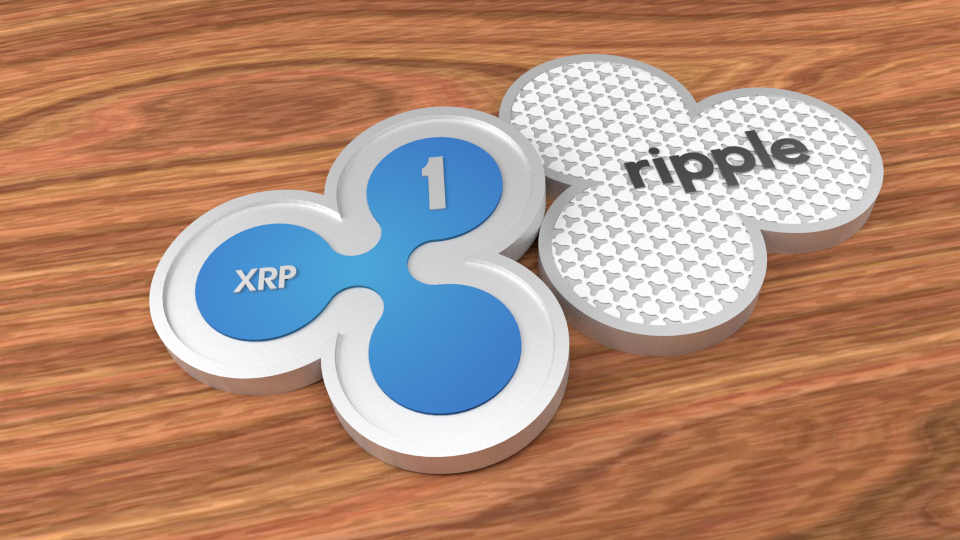
2018-6-17 12:50 |
It was standing room only inside the Money20/20 Asia fireside chat “A New Payments System for the Digital Age” — as Ripple CEO Brad Garlinghouse shared the stage with panel chair Faisal Khan — and outlined his vision for the future of Ripple, XRP and the Internet of Value.
Seats filled quickly in the lead up to the event as the room buzzed with conference goers waiting for Garlinghouse to take the stage.
Prior to Garlinghouse’s appearance, Dilip Ratha the World Bank’s lead economist for migration and remittances, spoke about worldwide remittance trends and provided some insightful takeaways about the future of their costs.
Ratha stated that a critical sustainable development goal of the World Bank is to lower the cost of remittances globally from 7 percent to 3 percent by 2030. When Garlinghouse took the stage, he immediately connected these statistics back to Ripple’s goal of establishing an Internet of Value.
“If we haven’t lowered the cost of remittance payments by 300 basis points by 2030 as a business, we have failed,” said Garlinghouse. “If we’re successful, we’re not talking about 300 basis points. We’re talking about 30 basis points for the cost of remittance payments.”
The statement itself is bold, and the potential positive impacts of lowering remittance payment costs so significantly could be exponential for the global economy. In Garlinghouse’s vision of the future, he’s hopeful a remittance payment of 200 dollars would cost 60 cents rather than 14 dollars on average today.
If Ripple’s Internet of Value is established in this same timeline, not only would the cost of a cross-border payment drop dramatically, but in theory so would the time it takes money to move country-to-country. In this vision, the time it takes would be instant.
The conversation then addressed the need for the continued adoption of Ripple solutions by the payments and financial industry to remove friction from global payments.
This fact led Garlinghouse to a critical point: Digital assets could work together with financial institutions rather than disrupt them. He argued that, “global payments and banking won’t be changed from the outside; they will be changed from within.”
Khan then asked Garlinghouse how Ripple’s xCurrent solution compared to the SWIFT system used historically by financial institutions to settle cross-border payments. Garlinghouse did not hold back on why blockchain-powered solutions are superior.
“SWIFT’s published error rate is six percent,” said Garlinghouse. “Imagine if six percent of your emails didn’t go through without additional human intervention.”
Audience questions that were submitted online also made their way on stage. Garlinghouse was asked to address criticisms of Ripple and XRP. The first focused on the digital asset volatility and whether that would prevent widespread adoption for cross-border payments.
“We’re talking about three seconds of volatility risk when using XRP for cross-border payments,” Garlinghouse countered. “The reality is you’re exposed to more volatility when doing a traditional transfer with fiat currencies, and that takes several days.” Garlinghouse was referring to when financial institutions use xRapid for cross-border payments
“The reality is we’re working with decentralized technology,” stated Garlinghouse. “If Ripple goes away, and I really hope it doesn’t, the XRP Ledger will continue to exist.”
The post Ripple CEO at Money20/20 Asia: A New Payments System for the Digital Age appeared first on Ripple.
origin »Ripple (XRP) íà Currencies.ru
|
|








